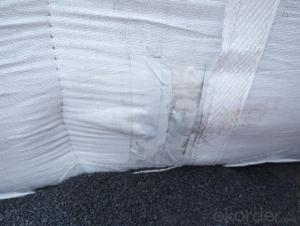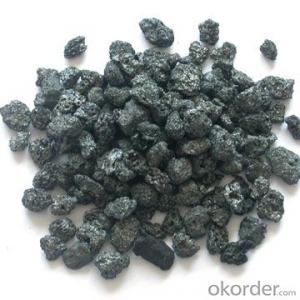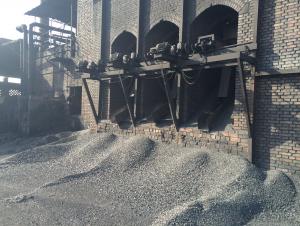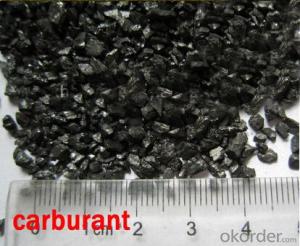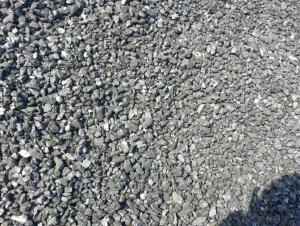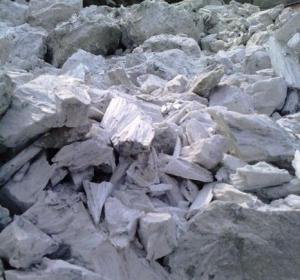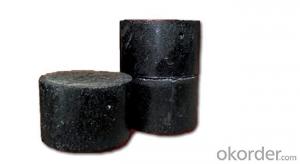Foundry Coke for Foundry Plant with Moisture 0.5%
- Loading Port:
- Shanghai
- Payment Terms:
- TT OR LC
- Min Order Qty:
- 20.5
- Supply Capability:
- 1005 m.t./month
OKorder Service Pledge
OKorder Financial Service
You Might Also Like
Brief Introduction
Foundry Coke is the main fuel of melting iron in the oven. It can melt the materials in the over, make the iron reach great heat, and keep good air permeability by sustain stock column. Thus, the foundry coke should have the characteristics of big block, low reactivity, small porocity, enough anti-crush strengh, low ash and low sulphur.
The coke handled by our cooperation is made from superior coking coal of Shanxi province. Provided with the advantages of low ash, low sulphur and high carbon. Our coke is well sold in European, American, Japanese and South-east Asian markets. Our owned Coke plant are located in Shanxi Province and supplying of you many kinds of coke.
we supply Foundry Coke long-term, its characteristic is best strength, low sulfur and phosphorus,thermal stability.
Specifications:
ASH % | 8% max | 10% max | 12% max |
V.M.% MAX | 1.5% max | 1.5% max | 2% max |
SULFUR % | 0.65% max | 0.65% max | 0.7% max |
MOISTURE | 5% max | 5% max | 5% max |
Size | 80mm-120mm,80-150,100-150mm, or as request | ||
Features
1. Our quality is always quite good and stable which is producing and packing according to customers' requirements.
2. Putting Client profile into first, achieved mutual benefit.
3. Good partner on business. It's a good and wise choice for customers' to purchase from us. It's our great honor to cooperate with you. It is more -widely used around the world
4. We can supply documents as follows:
- bill of loading,
-Invoice,
-Packing List
-Insurance
-standard inspection pictures of the container as specified by INSPECTORATE
-or more requested by buyer.
Pictures
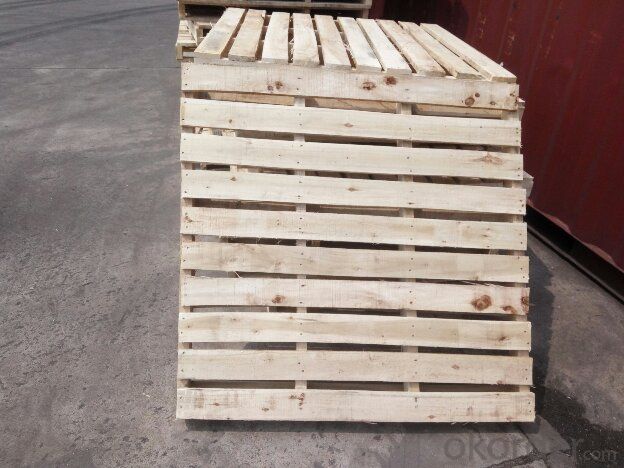
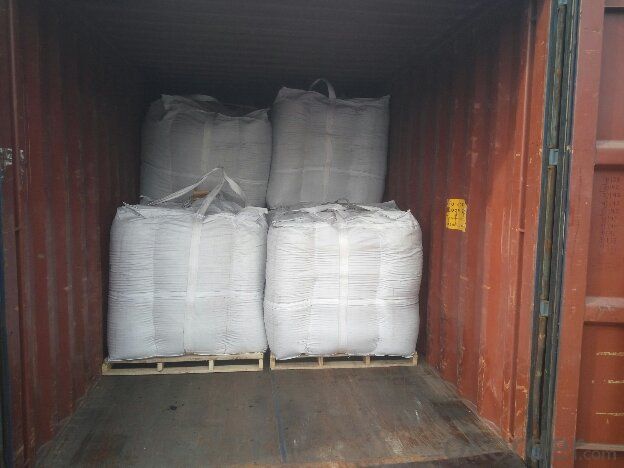
FAQ
1. What is the packing?
In 25kg bag/ In jumbo bags without pallet/ Two jumbo bags with one pallet/ or as customers’ request
2. What is the production capacity?
10 thousand tons per month
3 What is payment term?
Irrevocable LC at sight/ 20% down payment by T/T and 80% against BL copy byT/T/ or to be discussed
4 What is the service?
We will send sample to the third party(CIQ, CCIC, SGS,BV or to be discussed) for checking, and present the test certificate and loading repot of shipment.
- Q:How dnf advanced carbon ashes?
- Before 70, strengthening with carbon, then the activities in the mall to sell high carbon, have to use coupons to buy, that is to improve the success rate of strengthening, now is also the time to rest, 80 edition, replaced by strengthening the body of the colorless, carbon was automatically replaced colorless (1: 5) senior carbon system did not automatically change on the left
- Q:What is the role of carbon in respiration?
- The role of carbon in respiration cannot be overstated, as it serves as a vital element in organic molecules like glucose. When respiration takes place, glucose undergoes a breakdown with the presence of oxygen, resulting in the production of ATP energy. The carbon atoms found in glucose are oxidized, thereby releasing electrons that eventually transfer to oxygen and form carbon dioxide (CO2) as a byproduct. This entire process, which is referred to as cellular respiration, is universal among all living organisms and is indispensable for generating the energy necessary for various cellular activities. The absence of carbon would render respiration impossible and prevent the generation of energy essential for growth, movement, and other vital life functions. Additionally, the carbon dioxide generated during respiration is released into the atmosphere and plays a critical role in the carbon cycle, which contributes to the regulation of Earth's climate and supports plant growth through photosynthesis.
- Q:What are the impacts of carbon emissions on the stability of deserts?
- Carbon emissions have a significant impact on the stability of deserts. Increased levels of carbon dioxide in the atmosphere contribute to global warming, leading to higher temperatures and altered precipitation patterns. These changes can intensify desertification processes, such as soil erosion and water scarcity, further destabilizing desert ecosystems. Additionally, carbon emissions from human activities, such as fossil fuel combustion, contribute to air pollution, which can harm desert flora and fauna, disrupting their ecological balance and overall stability.
- Q:How does carbon affect the pH of water?
- The pH of water can be affected by carbon due to the process of carbonation. When water dissolves carbon dioxide (CO2), it undergoes a reaction with the water molecules to create carbonic acid (H2CO3). As a result, the concentration of hydrogen ions (H+) in the water increases, causing a decrease in pH. Consequently, water becomes more acidic when carbonated. Furthermore, carbonic acid can further break down into bicarbonate ions (HCO3-) and hydrogen ions (H+), which also contribute to the rise in acidity. It is worth noting that the impact of carbonation on pH is contingent upon the concentration of carbon dioxide present in the water.
- Q:How is carbon used in the production of carbon nanomaterials?
- Carbon is a crucial element in the production of carbon nanomaterials, as it serves as the building block for their unique structure and properties. There are various methods used to produce carbon nanomaterials, such as carbon nanotubes and graphene, all of which rely on the manipulation and organization of carbon atoms. One common method for producing carbon nanomaterials is through chemical vapor deposition (CVD). In this process, a carbon-containing gas, such as methane or ethylene, is introduced into a high-temperature furnace. Inside the furnace, the gas decomposes, releasing carbon atoms. These carbon atoms then reassemble and form nanoscale structures, such as carbon nanotubes or graphene, on a substrate or catalyst material. Another approach involves the vaporization of carbon-containing compounds, such as carbon black or graphite, using techniques like laser ablation or arc discharge. The vaporized carbon then condenses and solidifies into carbon nanomaterials with specific structures and properties. In both methods, the control of temperature, pressure, and the presence of catalysts or other additives allows for the precise manipulation of the carbon atoms, resulting in the desired carbon nanomaterials. The unique arrangement of carbon atoms in these materials, such as the hexagonal lattice structure of graphene or the cylindrical structure of carbon nanotubes, gives rise to their exceptional mechanical, electrical, and thermal properties. Overall, carbon plays a fundamental role in the production of carbon nanomaterials by providing the necessary atoms for their formation and determining their structure and properties. This knowledge and control over carbon's behavior at the atomic level enable scientists and engineers to develop nanomaterials with a wide range of applications, from electronics and energy storage to medicine and environmental remediation.
- Q:What is carbon?
- Carbon is a chemical element that is essential for life on Earth. It is found in all living organisms and is the building block for the organic compounds that make up our bodies, such as proteins, carbohydrates, lipids, and nucleic acids. Carbon is also a key component of the Earth's atmosphere, where it exists mainly as carbon dioxide. It is present in various forms, including graphite and diamonds, and has the ability to form strong bonds with other elements, making it incredibly versatile. Carbon plays a crucial role in many natural processes, such as photosynthesis, respiration, and the carbon cycle, which helps regulate the Earth's climate. It is also widely used in industry, serving as a raw material for the production of fuels, plastics, and countless other products. Overall, carbon is a fundamental element that is vital for sustaining life and driving various chemical and biological processes.
- Q:Which carbon content is larger, steel or pig iron?
- The carbon content of pig iron is large. The carbon content of pig iron is usually 2.5%--4%, and the carbon content of steel is 0.05% - 2%
- Q:How does carbon contribute to the strength of composite materials?
- The strength of composite materials is enhanced by carbon due to its distinctive properties and its ability to form robust chemical bonds. Carbon fibers or nanoparticles, when utilized, provide the composite material with both high tensile strength and stiffness. For reinforcing composite materials, carbon fibers are highly suitable due to their exceptional strength and lightweight nature. These fibers consist of tightly packed and aligned long, thin strands of carbon atoms. When incorporated into a matrix material like epoxy resin, the carbon fibers evenly distribute stress throughout the composite, thereby increasing its overall strength. The strength of composites is also influenced by the strong chemical bonds between carbon atoms. Carbon atoms have the capability to form covalent bonds that are both highly durable and stable. These bonds enable carbon to withstand significant levels of stress and deformation without fracturing, thereby making it an outstanding reinforcement material. In addition, carbon's high thermal conductivity facilitates efficient heat transfer away from the composite material, thereby preventing overheating and potential damage. This property is particularly significant in applications that involve temperature fluctuations or require high heat dissipation, such as the aerospace or automotive industries. In conclusion, carbon's unique properties, such as its high tensile strength, stiffness, strong chemical bonds, and thermal conductivity, play a crucial role in enhancing the strength and performance of composite materials.
- Q:How does carbon impact the productivity of marine ecosystems?
- Carbon impacts the productivity of marine ecosystems by influencing the growth and survival of primary producers, such as phytoplankton, which are the foundation of these ecosystems. Increased carbon dioxide levels can stimulate phytoplankton growth in some cases, but excessive amounts can lead to detrimental effects like ocean acidification. This can disrupt the delicate balance of marine ecosystems, affecting the availability of nutrients, food chains, and overall productivity.
- Q:What are the different types of carbon-based pigments?
- The different types of carbon-based pigments include carbon black, graphite, charcoal, and lampblack.
1. Manufacturer Overview |
|
|---|---|
| Location | |
| Year Established | |
| Annual Output Value | |
| Main Markets | |
| Company Certifications | |
2. Manufacturer Certificates |
|
|---|---|
| a) Certification Name | |
| Range | |
| Reference | |
| Validity Period | |
3. Manufacturer Capability |
|
|---|---|
| a)Trade Capacity | |
| Nearest Port | |
| Export Percentage | |
| No.of Employees in Trade Department | |
| Language Spoken: | |
| b)Factory Information | |
| Factory Size: | |
| No. of Production Lines | |
| Contract Manufacturing | |
| Product Price Range | |
Send your message to us
Foundry Coke for Foundry Plant with Moisture 0.5%
- Loading Port:
- Shanghai
- Payment Terms:
- TT OR LC
- Min Order Qty:
- 20.5
- Supply Capability:
- 1005 m.t./month
OKorder Service Pledge
OKorder Financial Service
Similar products
New products
Hot products
Hot Searches
Related keywords
